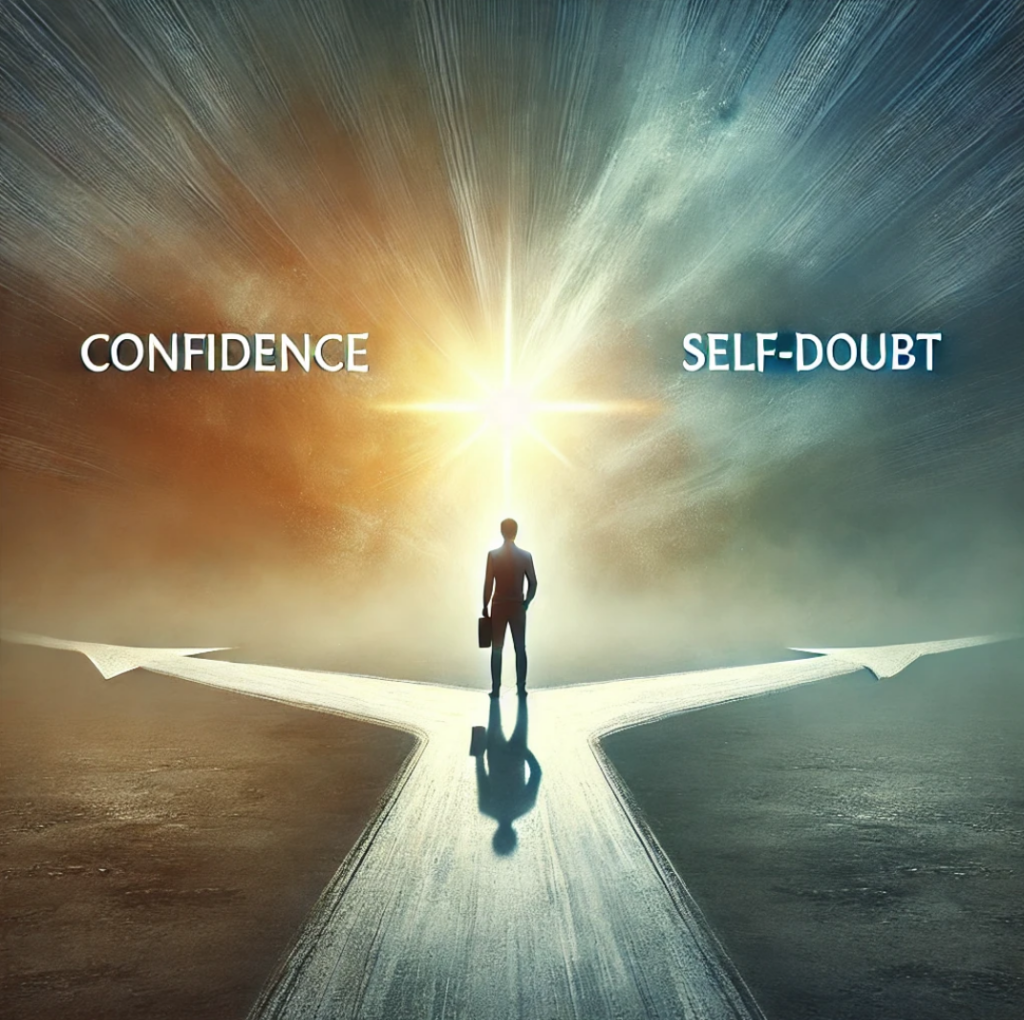The Unspoken Price of Achievement
When you ask high-performing professionals what success costs, you’ll hear a familiar list: long hours, personal sacrifices, and relentless pressure to stay ahead.
Dig a little deeper, and they’ll mention fractured marriages, teams running on fumes, or a restless mind that never quiets—even on vacation.
But these aren’t the real costs. They’re symptoms.
The highest hidden cost of success is something far more fundamental: not understanding how the mind works, and the role of state of mind in every decision, relationship, and outcome.
Until leaders recognize this, they keep paying the price in stress, strained relationships, and a sense that something vital is missing.
Symptoms Without a Cause
Let’s get specific.
- The entrepreneur who’s doubled revenue but lies awake most nights, restless and anxious.
- The CEO who can’t understand how a once-loving marriage deteriorated into distance and conflict.
- The manager who invests in perks and culture initiatives yet still faces a disengaged, low-energy team.
These leaders aren’t broken. Their circumstances aren’t doomed. What they’re facing are symptoms of an overlooked variable: their state of mind.
When we don’t understand how our mind works, we misdiagnose problems and prescribe the wrong solutions. We double down on strategy when what we really need is clarity. We push harder when what we really need is perspective.
The Leadership Blind Spot
Every experience we have—stress, anxiety, clarity, connection—is filtered through our state of mind.
Yet most leaders treat state of mind as if it’s background noise, something to “manage” on the side. They focus on external strategies: better time management, sharper communication, or new leadership frameworks.
But here’s the truth: your state of mind isn’t a side factor. It’s the operating system.
- In a low state of mind: you misinterpret your partner’s tone, assume the worst about an employee’s silence, or make fear-driven decisions that ripple through your business.
- In a clear state of mind: you listen differently. You see situations as they are, not as your stress interprets them. You make wise, timely decisions and show up with presence.
This isn’t about “positive thinking.” It’s about recognizing that your experience—of yourself, of others, of your entire business—originates inside-out, not outside-in.
Why Strategies Alone Don’t Work
Here’s the trap: most coaching, leadership programs, or business books address technique while ignoring the state of mindbehind it.
You can learn the latest frameworks for communication, delegation, or scaling your business. But if you approach them from a reactive, stressed-out state of mind, you’ll distort them.
That’s why two leaders can use the same leadership model with wildly different results. It’s not the model—it’s the mindusing it.
Imagine two athletes with the same playbook. One is calm, present, and tuned in. The other is distracted and tense. The difference in performance isn’t about the plays—it’s about their state of mind.
Business works the same way.
The Real Cost: Relationships, Health, and Meaning
When leaders overlook this blind spot, the costs pile up.
- Relationships deteriorate. Conversations with a spouse turn into arguments. Presence at home disappears, replaced by constant rumination about work.
- Teams disengage. Leaders unintentionally transmit stress and reactivity. Employees pull back, morale drops, and the culture erodes.
- Health suffers. Chronic stress and lack of mental clarity take a toll—physically, emotionally, spiritually.
- Fulfillment fades. Achievements feel hollow. Leaders wonder, “Is this all there is?”
None of these are failures of willpower or competence. They are the inevitable outcomes of misunderstanding how the mind shapes experience.
The Shift: From Managing Stress to Understanding the Mind
The good news? Once leaders see how the mind works, everything changes.
Stress no longer feels like an immovable wall—it becomes a signal that clarity has temporarily slipped. Conflict in relationships no longer looks like an irreparable flaw—it’s seen as two people caught in separate storms of thought. Team challenges stop being overwhelming—they become solvable puzzles once perspective is regained.
Instead of managing stress, leaders start understanding it. Instead of muscling through fatigue, they recognize when to pause and reset. Instead of reacting to every problem, they respond with wisdom.
A Simpler Way Forward
The path out of hidden costs isn’t complicated. It’s not about adding more tools to your leadership toolkit. It’s about seeing what’s been true all along:
- Connect – Create space to step back from the noise and clarify what really matters.
- Discover – Learn how your mind works and how your state of mind drives every experience.
- Transform – Apply this understanding across business, leadership, and life.
It’s a quieter, more leveraged way of leading. And it works—because it addresses the root, not the symptoms.
The Leadership Edge Few Talk About
The business world rewards performance. But sustainable performance—the kind that doesn’t cost your marriage, your health, or your peace of mind—comes from understanding your mind.
This is the edge almost no one talks about. It’s not as flashy as a new growth hack or leadership strategy. But it’s the difference between grinding harder and thriving with clarity.
Until leaders see this, they keep paying the hidden costs—silently, heavily, and unnecessarily.
Your Call to Action
If you recognize yourself in this, you’re not alone. Many of the leaders I work with felt the same way—successful on the outside, but weighed down by hidden costs on the inside.
It doesn’t have to stay that way.
Schedule a discovery call with me. Let’s explore how understanding your mind can reduce stress, rebuild connection, and unlock a level of clarity that transforms not just your business, but your life. https://calendly.com/gregclowminzer/discovery







